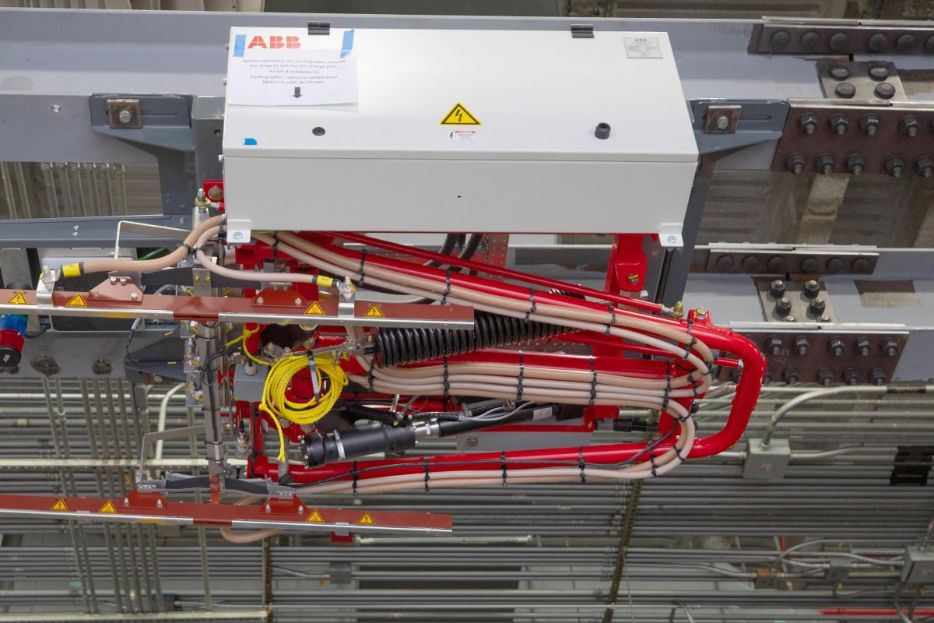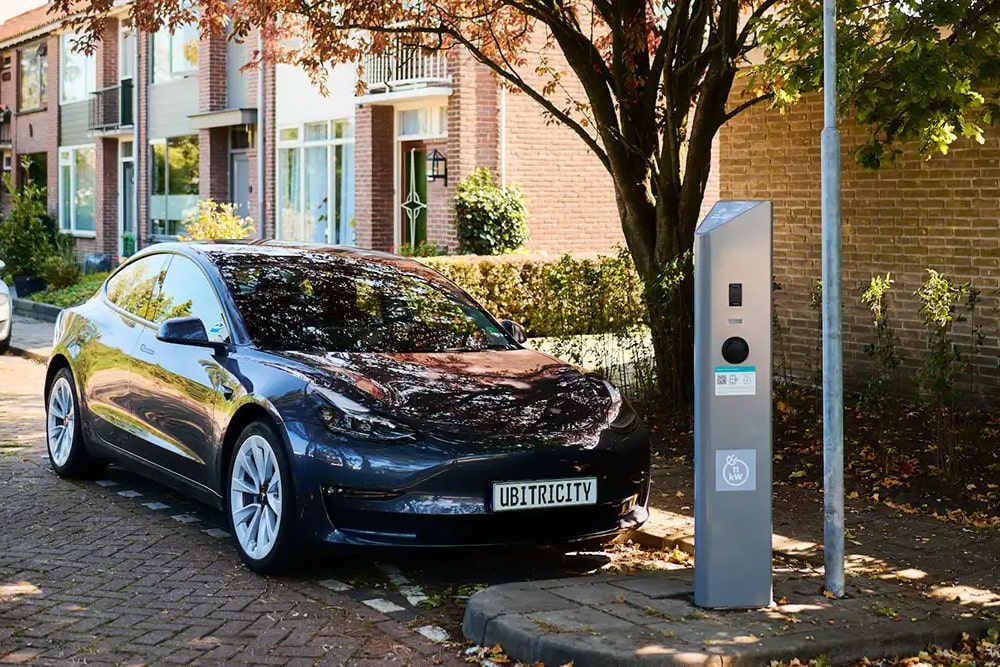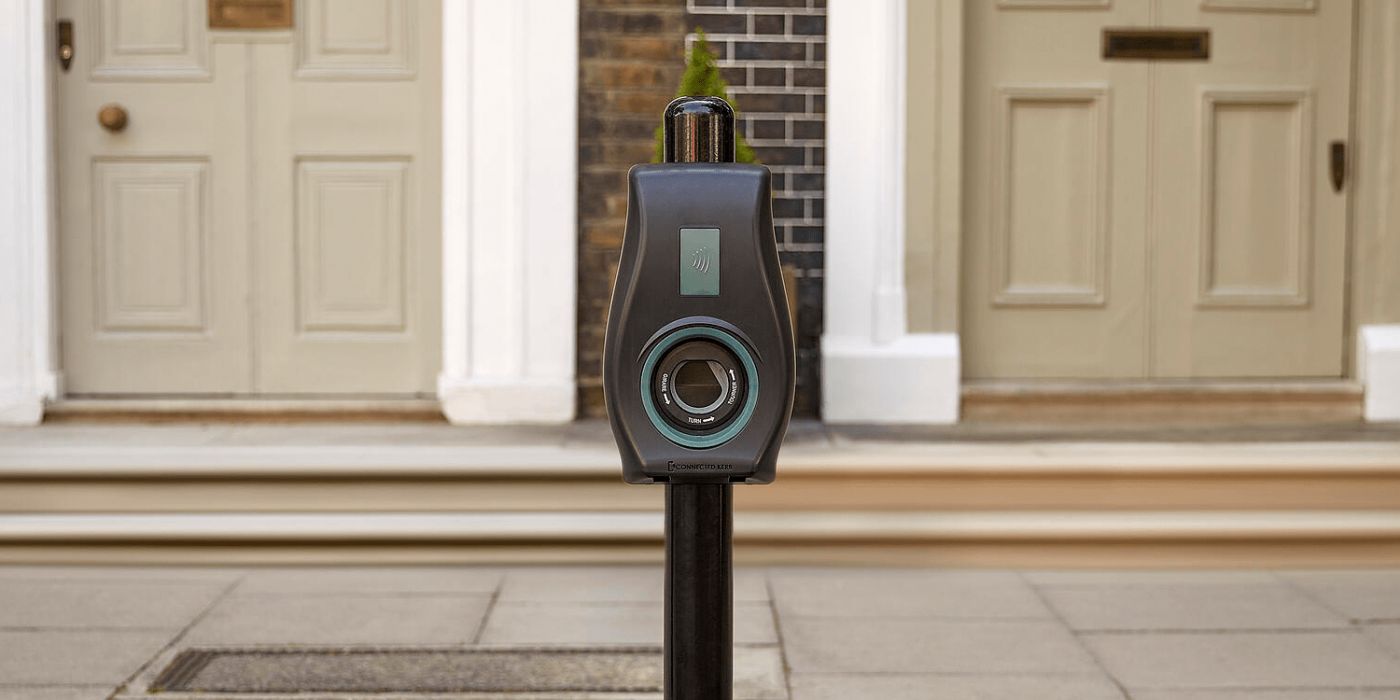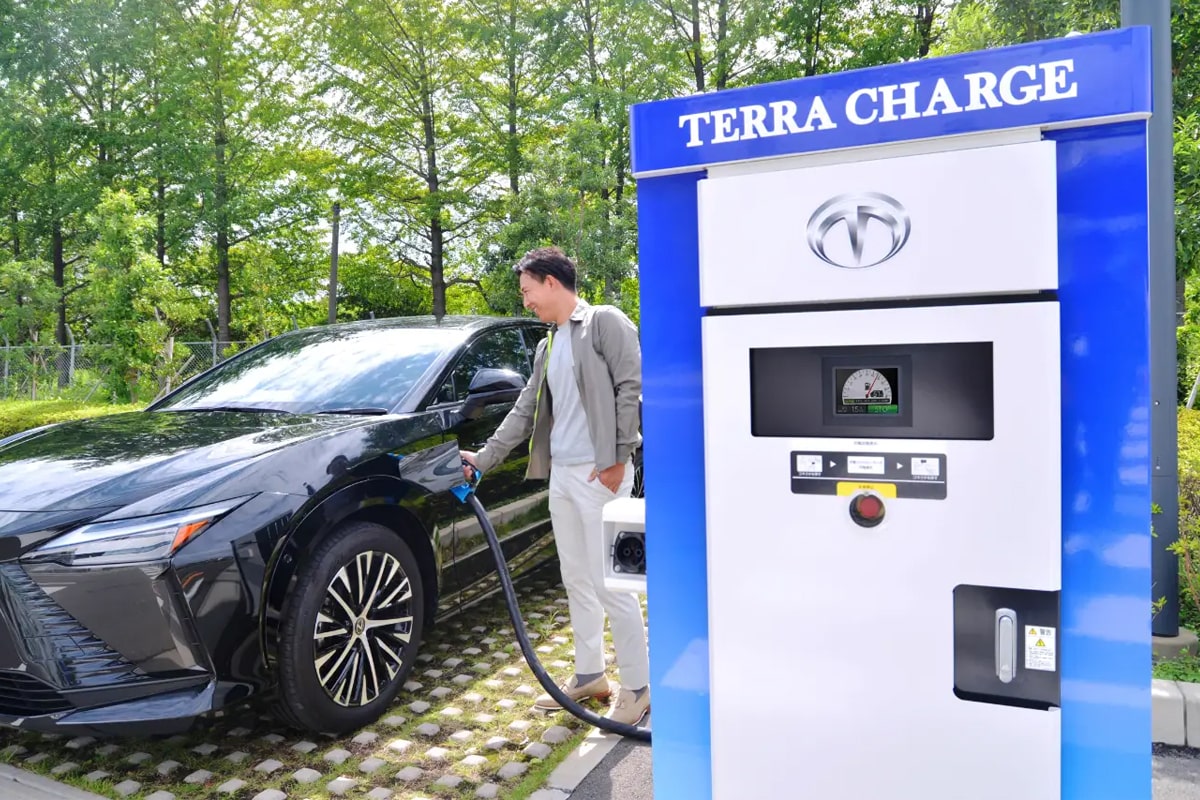China’s State Administration for Market Regulation and the National Standardization Administration have officially approved and published three pivotal standards for ChaoJi-1, the next-generation conductive DC charging technology based on the GB/T communication protocol. These documents encompass general requirements, the communication protocol, and the connection specifications for conductive (wired) charging.
ChaoJi-1, as reported by the CHAdeMO Association, boasts the capability to support charging powers of up to a remarkable 1.2 megawatts, all while maintaining compatibility with the latest CHAdeMO version 3.1. Notably, this alignment with CHAdeMO 3.1 is not entirely surprising, given that the CHAdeMO 3.0 protocol was jointly developed and unveiled in collaboration with the China Electricity Council (CEC) back in 2020. However, it is crucial to highlight that these are distinct standards, as ChaoJi-1 operates using the GB/T communication protocol. Nonetheless, the physical charging ports remain compatible, with variations occurring in the background systems.
See also: CharIN Task Force on NACS Standardization Encompasses 51 Key Industry Players
To achieve the notable 1.2-megawatt capacity, ChaoJi-1 operates at a voltage of 1,500 volts and a current of 800 amperes. This forward-looking approach is designed to ensure the standard’s longevity, although it currently exceeds the voltage levels employed by most passenger cars and commercial vehicles in mass production. Notably, China’s leading automaker, BYD, employs an 800-volt system in its current passenger car lineup, albeit with significantly lower amperages and charging capacities.
The published documents also delineate features such as thermal runaway detection and other systems for identifying “serious faults.” This newly introduced DC control circuit is expected to deliver a high level of charging safety and reliability.
Both the CHAdeMO Association and Chinese authorities underscore the compatibility of ChaoJi-1 with existing DC fast charging standards, viewing it as a foundational step toward the future standardization of global DC charging technology.
See also: SAE International Standardizes North American Charging Standard, Boosting EV Connector Accessibility
However, the global implications of ChaoJi-1 remain uncertain. The older CHAdeMO standard is predominantly prevalent in Japan, with its presence diminishing in Europe and North America, owing to a decline in CHAdeMO-compatible vehicles and charging stations. In Europe, Chinese automakers are largely adopting the CCS (Combined Charging System) standard for expansion, while Tesla’s NACS (Tesla’s North American Charging Standard) system is gaining prominence in North America. China has established the GB/T as a national standard, yet its global adoption remains limited to a few countries. The evolving landscape of charging standards continues to shape the future of electric vehicle infrastructure on a global scale.







